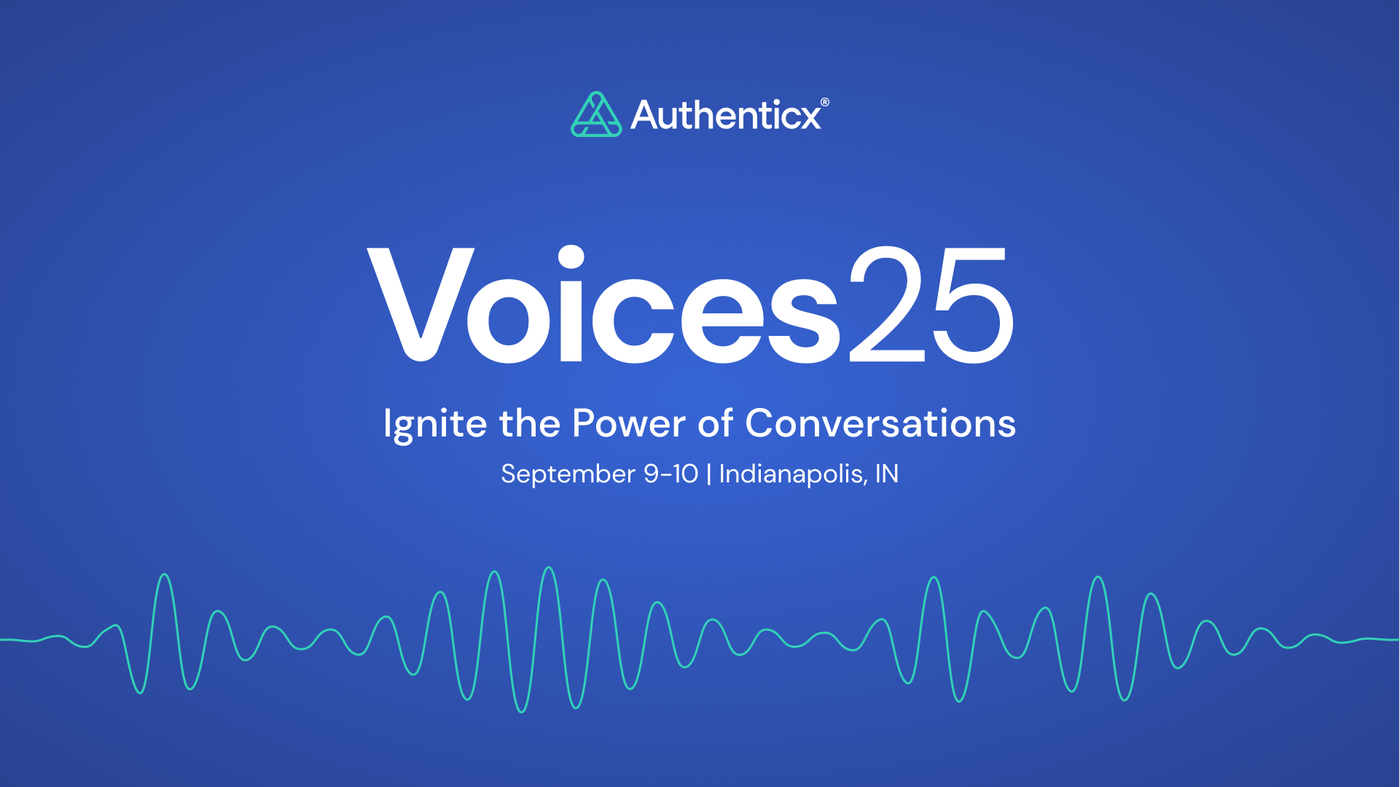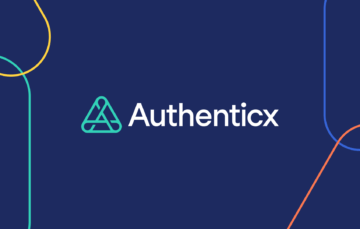
As artificial intelligence (AI) becomes more accessible and more capable, healthcare organizations are turning to it as a critical enabler of operational efficiency, improved patient experiences, and better care outcomes. But not every team has the resources or bandwidth to build AI solutions from scratch and maintain them internally. Fortunately, that’s not necessary anymore—and that’s where a growing class of adopters, known as “AI Takers,” come into play.
AI Takers don’t need to understand how AI works—they just need to know where to best apply it.
The benefits of a “Taker approach” are clear:
- Less internal time and effort to implement
- Immediate results with minimal disruption
- Lower cost compared to building or customizing AI
For healthcare leaders, becoming an AI Taker offers a clear path to transforming data into action—quickly, affordably, and with minimal disruption.
TL;DR: All About AI Takers
- AI Takers are healthcare leaders who use pre-built, out-of-the-box AI tools (ranging from general GPT LLM models to industry-specific models like Authenticx).
- This AI approach drives improvements in their quality, operations, speed to value, CX, and compliance efforts—without needing high-technical expertise or custom development from their internal resources, such as a dedicated development team.
- Takers apply AI to real-world use cases like patient feedback analysis, contact center monitoring, and compliance tracking, getting fast, actionable insights from their data.
- For healthcare teams dealing with tight timelines, growing data volumes, and high expectations, the AI Taker approach is strategic, scalable, and reliable.
AI Takers: Leaders, organizations, and teams that use existing AI solutions, relying on turn-key products.
Who Are AI Takers?
AI Takers are leaders and teams who leverage pre-built, out-of-the-box AI solutions to solve pressing challenges. These tools—whether built on powerful LLMs like GPT, open-source AI, or healthcare-specific tools like offers from Authenticx—are already trained and ready for immediate implementation. However, it is important to note that these out-of-the-box solutions are not necessarily a silver bullet solution. Leaders should ask questions about how these tools were built, trained, and maintained. It may make sense to explore industry-specific tools to help understand the nuances and complexities of the work you do.
Takers in healthcare aren’t data scientists or AI engineers. They’re quality directors, patient experience managers, compliance officers, and operational leaders who are:
- Looking to uncover insights from large volumes of patient interactions
- Seeking to monitor quality and performance metrics in real time
- Working to identify and resolve issues before they worsen
Rather than reinventing the wheel, Takers use what’s already available—deploying AI tools with targeted, outcome-oriented use cases in mind.
What are AI Takers Focused On?
As the pressure to improve quality and patient experience and the adoption of AI continues to grow, healthcare leaders need tools that empower action without complexity. AI Takers represent a new user group of innovators—not building AI from the ground up, but applying it intelligently to drive faster, better results.
For healthcare leaders, the Taker approach means:
- Less time spent analyzing
- More time spent improving
- Immediate insight into what matters most
Healthcare AI Takers focus on applying AI, not building it. They use platforms that can analyze call center conversations and patient feedback, surface patterns around safety, service gaps, or compliance issues, and automatically categorize patient concerns by topic or severity. They also leverage this AI approach to detect sentiment trends across thousands of interactions and identify opportunities for process or communication improvements.
This kind of actionable intelligence used to take weeks of manual review or a burdensome survey analysis. Takers now get it in mere minutes with minimal lift. Often, this is seen in GPT models, AI assistants, and transcription to summarization, redaction, and even trend reporting.
Using Authenticx for Actionable Insights
Consider a patient support services director using Authenticx to monitor contact center calls. With no AI training or coding experience, a quality leader can:
- Upload recorded interactions
- Let the AI analyze for key topics and themes (e.g., medication confusion, access issues, negative sentiment)
- Receive a dashboard of categorized insights that are ready to inform process improvement strategies
This helps prioritize interventions, track quality metrics, and support organizational goals without the need for more headcount or months of custom development and employee training.
Three Benefits of Being an AI Taker
1. Less Time, Faster Insights
In quality-focused roles, timeliness is everything. Whether you’re tracking adherence to standards, identifying patient safety risks, or responding to feedback, waiting weeks for data to be analyzed is not an option.
And Takers skip the long development cycle. There’s no need to build rubrics or train classifiers—the AI is already trained. With a few clicks, data can be fed into a platform that delivers immediate results.
This lets teams monitor key quality indicators on a continuous basis, making it simpler to quickly respond to emerging issues and reduce reliance on memory-based surveys or manual audits. In short: It’s proactive AI-powered quality and CX management.
2. Immediate Results Without Disrupting Operations
Teams are already spread thin, handling everything from incident reviews to organizational reporting. Implementing new technology often feels like just one more thing to manage.
Takers benefit from AI tools that integrate easily with existing workflows. There’s no complex setup or technical infrastructure required. AI models are pre-built, tested, and optimized to work with common healthcare data (if the model is trained on industry data) formats like call recordings, conversation notes, or feedback transcripts.
This means teams don’t need to pull analysts, agents, or managers off other work to get started. And since platforms like Authenticx are designed specifically for healthcare, compliance, security, and terminology are already baked in.
3. Cost-Effective Quality Improvement
Custom AI development is expensive and resource-intensive—often out of reach for departments that are a part of a large enterprise. According to Future Processing, custom AI development can cost between $50K-$500K, depending on how complex the algorithms need to be, how large the team is, and how maintenance of the AI is managed. But Takers don’t need a large budget or a data science team. This makes AI a cost-effective tool for performance improvement, even in resource-constrained environments, like a hub vendor or call center.
By using pre-built AI solutions, quality leaders can:
- Get faster time to value by avoiding long implementation timelines
- Reduce administrative burden with automation and streamlined review processes
- Use specified tools that scale with their needs as the users begin to understand the platform
What Skills Do AI Takers Need?
You don’t need a technical background as a data expert or AI developer to be an AI Taker. What you do need is:
- Operational awareness: Knowing where data exists and what questions you want AI to help answer
- Consistent curiosity: The willingness to test new tools and approaches
- Focus on impact: Aligning AI use cases with real, measurable goals (and bottom lines)
Whether you’re tracking quality themes (from HCAHPS or any survey), investigating social determinants of health (SDOH), or reducing repeat callers or nonadherence, a Taker’s job is to match the right tool to the right problem—and let the AI do the heavy lifting.
When Takers Thrive in Healthcare
When there’s a need to do more with less, Takers excel. The Taker approach to AI is effective in healthcare settings that are:
- Data-rich but insight-poor: With call logs, surveys, and documentation piling up but no easy way to extract themes
- Time-pressured: Needing to report on quality and patient experience quickly
- Resource-constrained: Unable to staff full analytics or IT teams
- Outcome-focused: Striving to improve performance on surveys and satisfaction, such as Star ratings, HEDIS and HCAHPS measures, or value-based care benchmarks.
Being a Taker Isn’t Settling—It’s Strategizing
There’s a common misconception that using out-of-the-box AI means settling for “generic” insights. With healthcare-specific training data, that couldn’t be further from the truth.
AI platforms have the ability to be trained on healthcare-specific language, workflows, and challenges. Solutions like Authenticx, for example, are built around the nuances of patient interactions, regulatory frameworks, and health communication. They deliver depth and relevance without requiring teams to build models from scratch, a painstaking process that constrains internal resources from doing the work they are truly meant for: care and service.
Being an AI Taker is about strategic efficiency and reliability, choosing solutions that maximize value while minimizing disruption.

AI Takers Improve Quality + Experience in Healthcare
For most healthcare teams, this Taker approach provides the best balance of speed, value, and simplicity. It allows leaders and users (agents and managers) to take advantage of powerful AI capabilities without the steep learning curve or resource investment required by more technical approaches, such as AI Shapers and AI Makers.
In a world where data is abundant and time is scarce, AI Takers are showing the way forward using AI not to add more work, but to unlock more value. In a space where patient outcomes, compliance, and satisfaction are at stake, fast access to reliable insights is essential—and being a Taker makes that possible.
Interested in seeing healthcare-specific out-of-the-box AI at Authenticx? Request a demo or begin your self-guided tour of the Authenticx Quality Solution to see how healthcare organizations adopt AI built with them and their customers top of mind.
About Authenticx
Authenticx was founded to analyze and activate customer interaction data at scale. Why? We wanted to reveal transformational opportunities in healthcare. We are on a mission to help humans understand humans. With a combined 100+ years of leadership experience in pharma, payer, and healthcare organizations, we know first-hand the challenges and opportunities that our clients face because we’ve been in your shoes.
Want to learn more? Contact us!
Or connect with us on social! LinkedIn | Facebook | Instagram | YouTube


